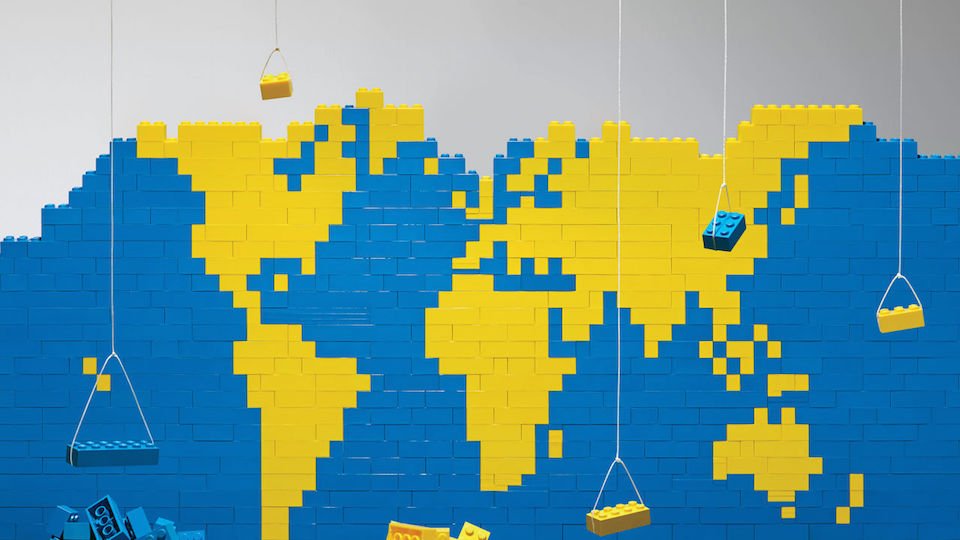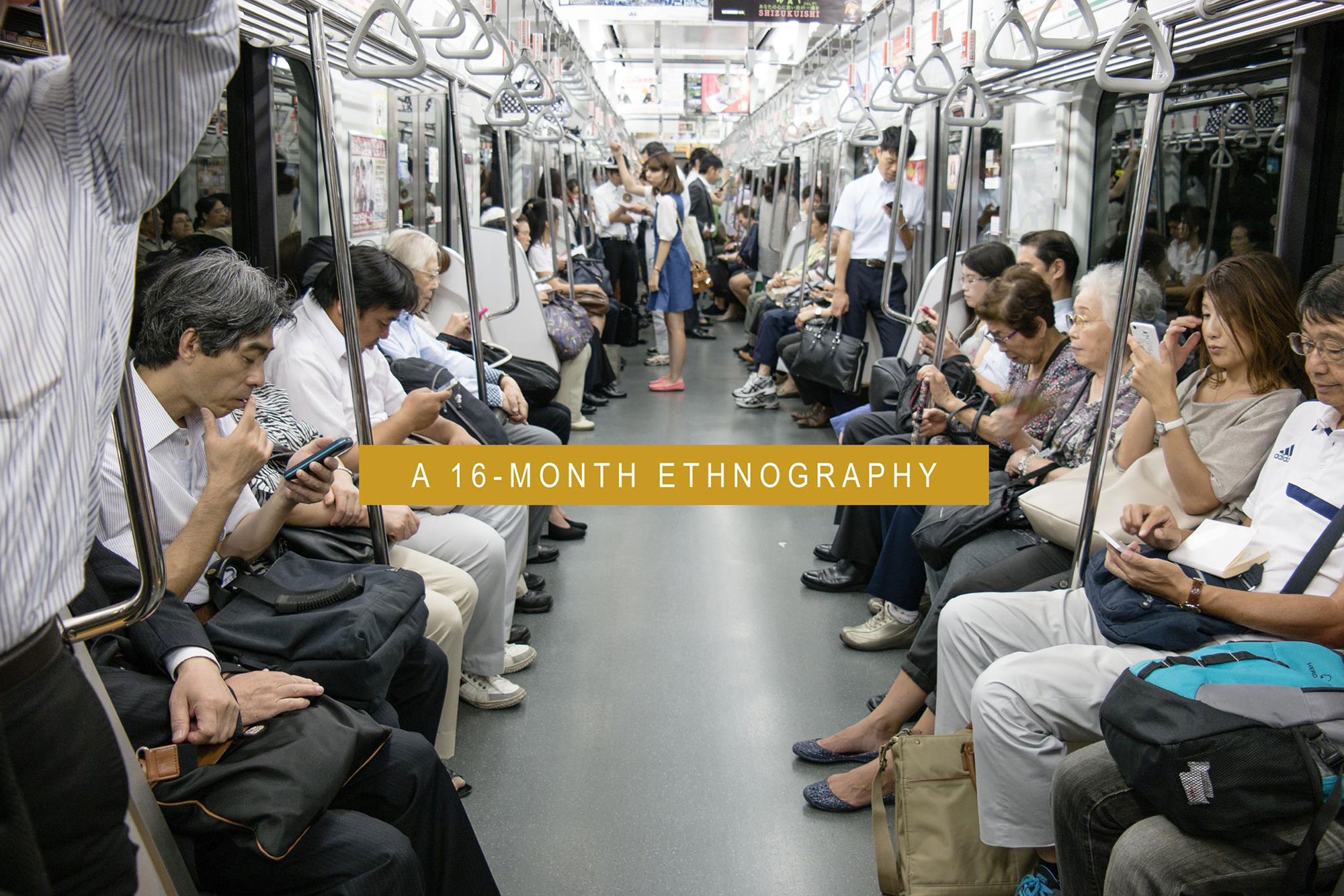How Lego used ethnographic studies to become the Apple of toys

Or said differently: “If you want to understand how animals live, you don’t go to the zoo, you go to the jungle.”
Jörgen Vig Knudstorp began turning the company around by making several key moves: improving processes, cutting costs, and managing cash flow. Then came stabilization. “But after that, we knew there’d be a third phase of organic growth,” he says. That required figuring out what a modern Lego should even be, which Knudstorp accomplished in part by investing in a kind of research the company had never done before: deep ethnographic studies of how kids around the world really play. Today, Lego may know as much about that subject as any organization on earth. The Future Lab (along with a similar group that preceded it) has been responsible for that work. “There’s the famous quote that if you want to understand how animals live, you don’t go to the zoo, you go to the jungle,” Knudstorp says. “The Future Lab has really pioneered that within Lego, and it hasn’t been a theoretical exercise. It’s been a real design-thinking approach to innovation, which we’ve learned an awful lot from.”
Read Jonathan Ringen’s Lego feature in Fast Company



